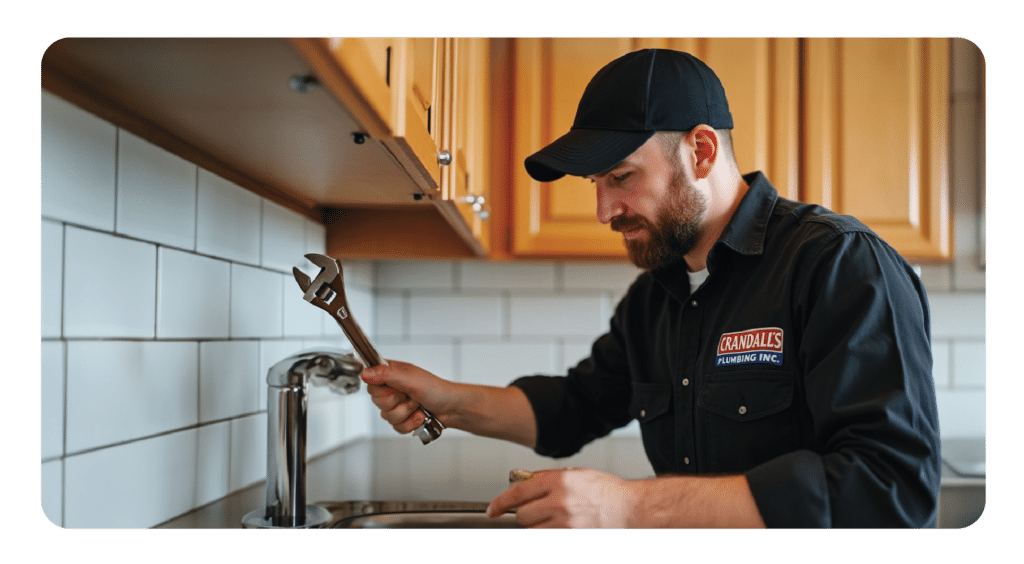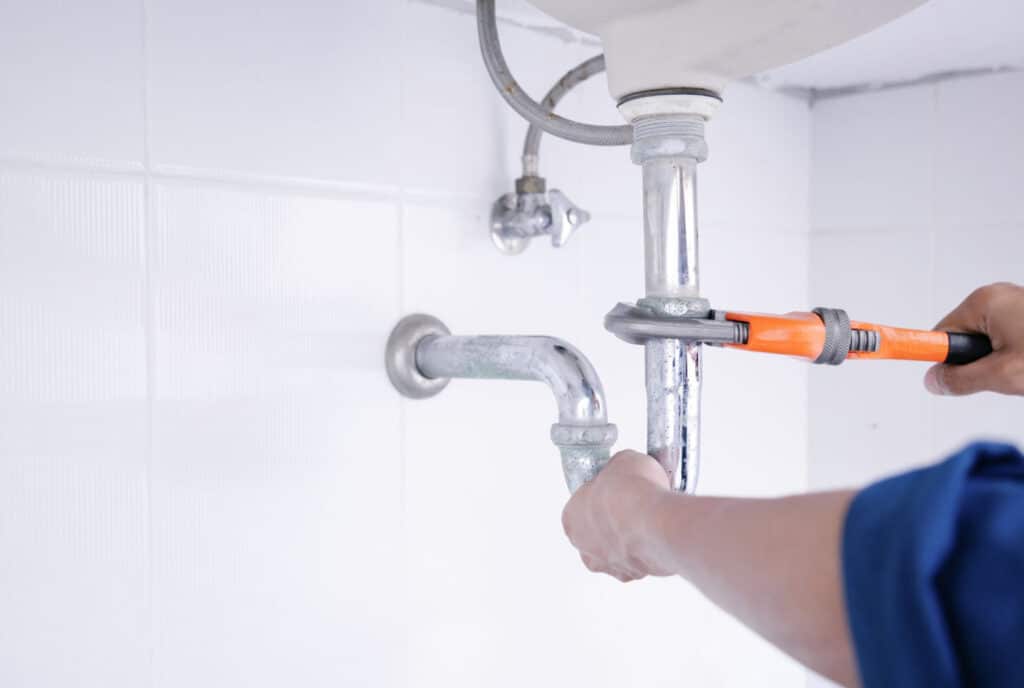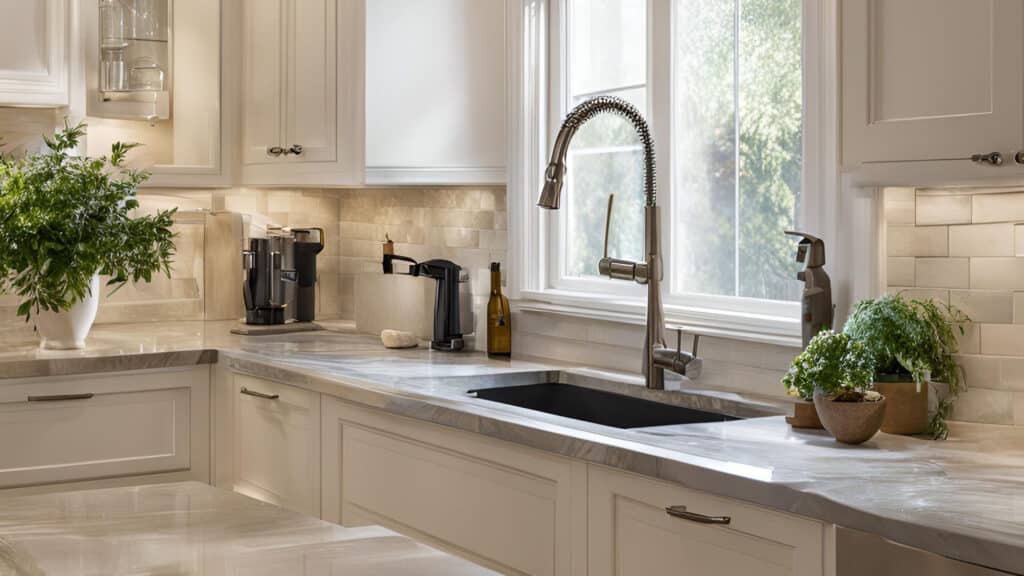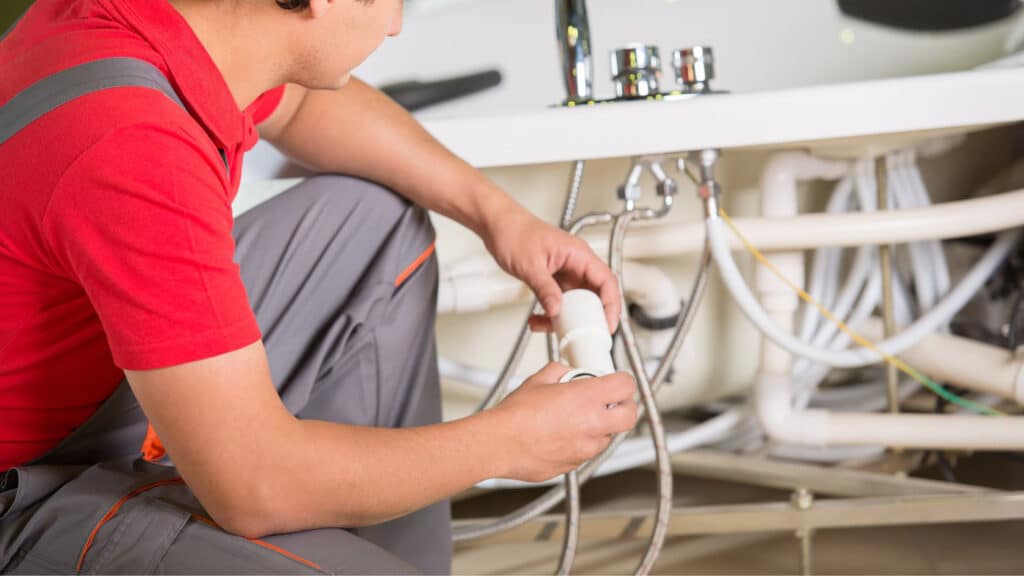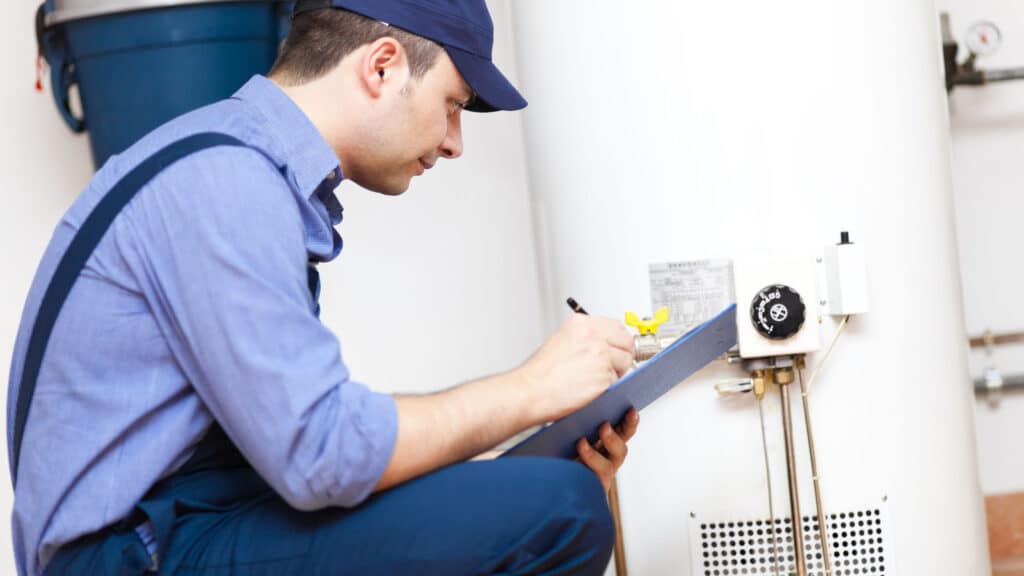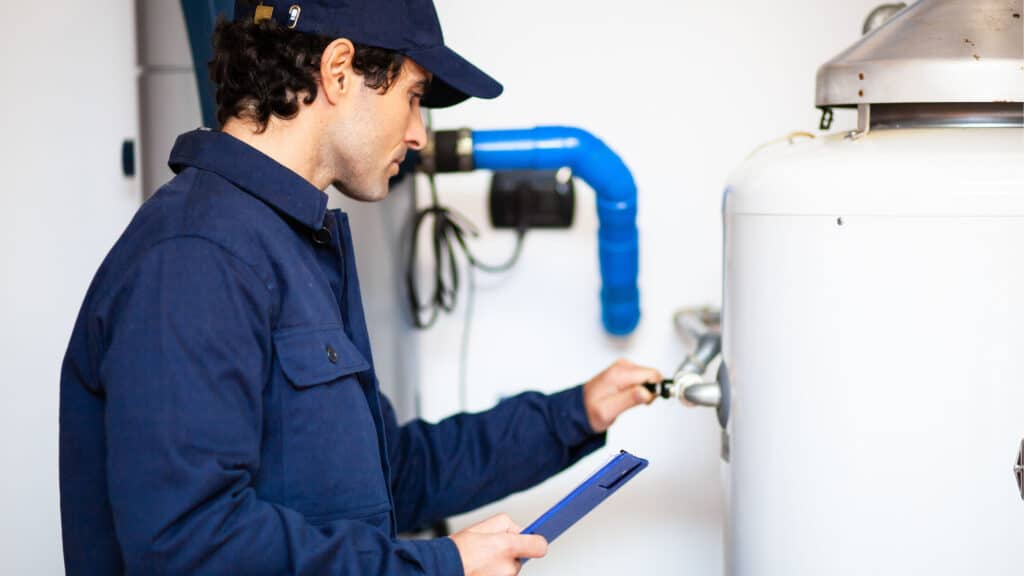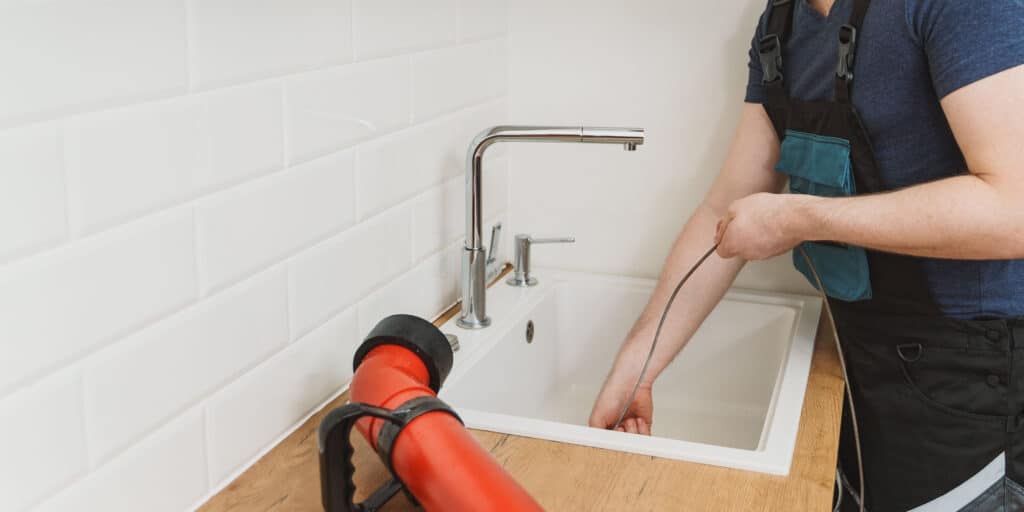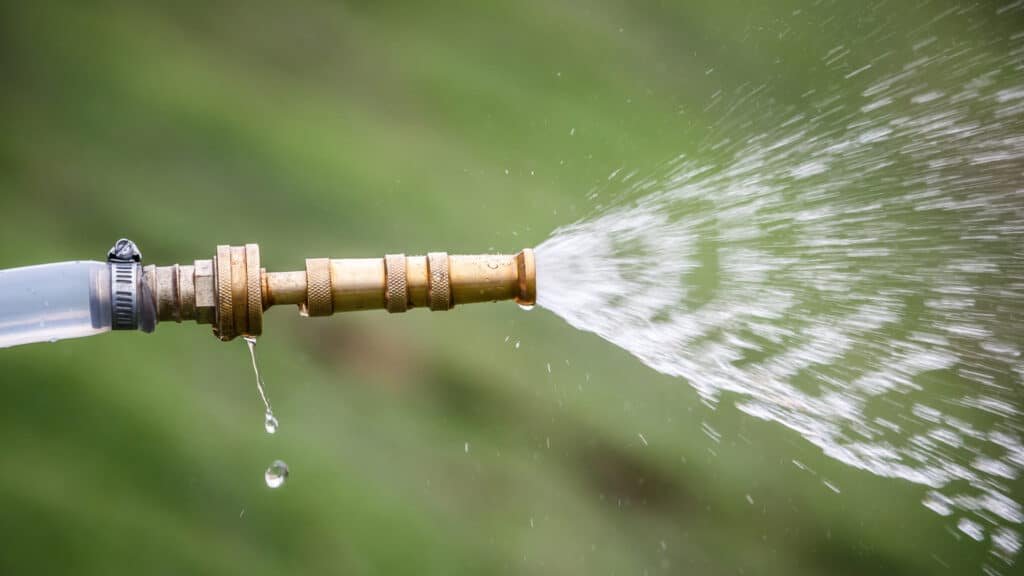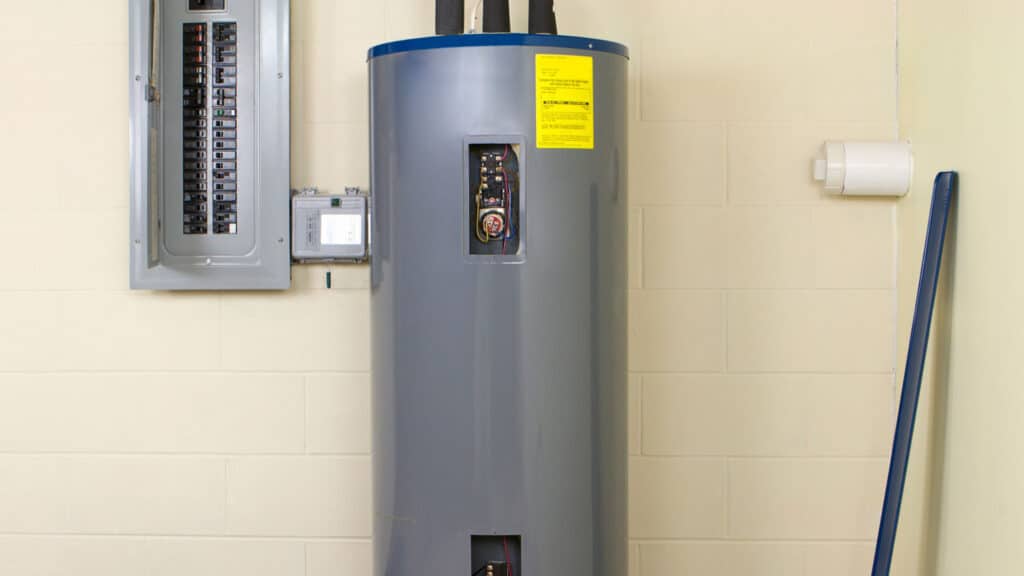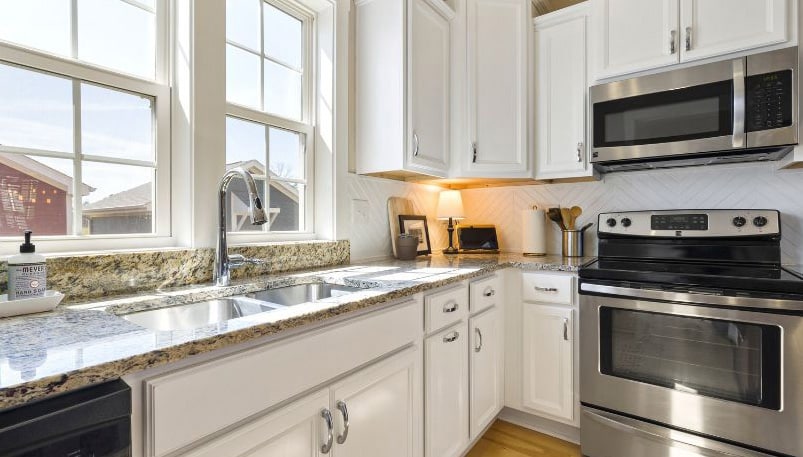
What to Expect During a Residential Plumbing Installation
When it comes to residential plumbing services, understanding what to expect during an installation can save you time, money, and stress. Whether you’re building a new home or upgrading an outdated plumbing system, having a clear roadmap of the process helps ensure everything runs smoothly and stays in working order. In this guide, we’ll walk you through each phase of a residential plumbing installation, address common plumbing issues, and share why hiring a professional makes all the difference. Why Residential Plumbing Installations Matter Your home’s plumbing system is responsible for water supply, drainage, and waste removal. A well-installed residential plumbing system ensures proper water pressure, minimizes the risk of water damage, and keeps everything—from your garbage disposal to your tankless water heaters—functioning efficiently. When Do You Need a Residential Plumbing Installation? You may need a full or partial installation if: You’re building a new home Renovating kitchens or bathrooms Replacing outdated plumbing systems Adding new fixtures or appliances Expanding your home with a new bathroom or laundry area In all of these scenarios, professional residential plumbing services are critical to ensuring code compliance and long-term performance. Step-by-Step: What Happens During Installation 1. Rough-In Plumbing This is the first stage

